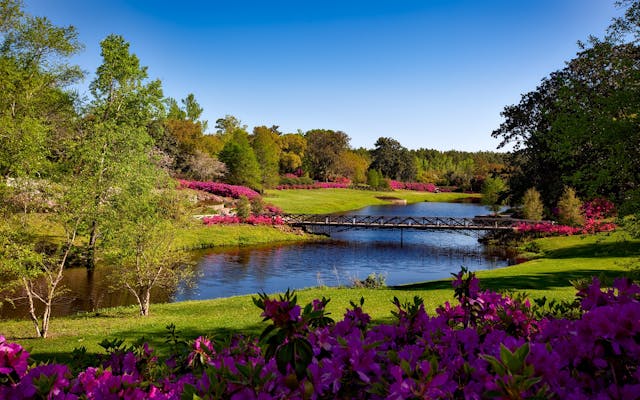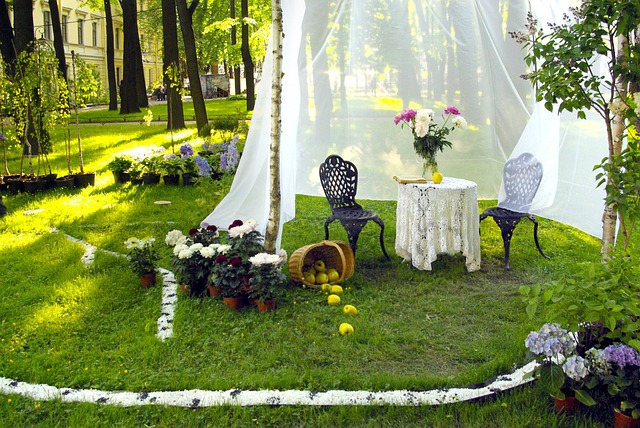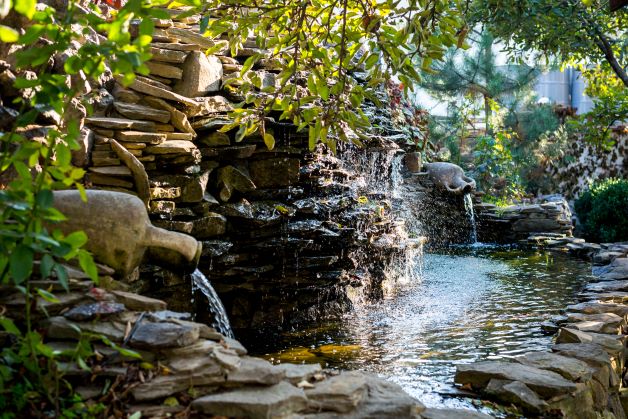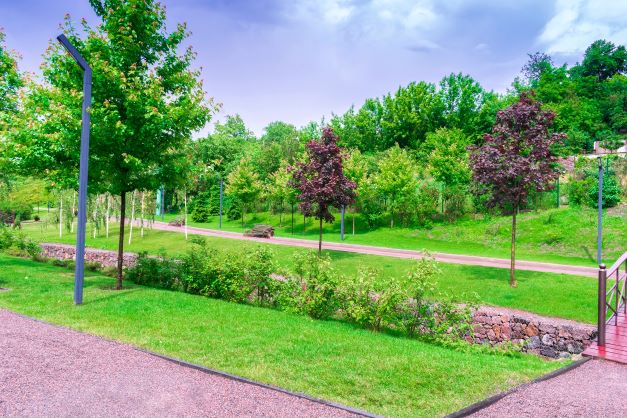When it comes to home design, it’s easy to focus on the larger elements—furniture, wall colors, and flooring. However, two often-overlooked aspects, window blinds and landscaping, can significantly enhance the overall aesthetic and functionality of your home. The relationship between your interior and exterior design is crucial, and finding harmony between these two elements can transform your living space into a sanctuary. In this blog, we’ll explore how the right window blind cheap can complement your landscaping efforts and elevate your home’s appeal.
The first step in achieving a cohesive home design is understanding the connection between your window treatments and your landscape. Window blinds are more than just a functional element to control light and privacy; they also contribute to the ambiance of your home. Landscaping, on the other hand, is the art of arranging your outdoor environment to enhance the beauty of your home’s exterior. When these two elements are thoughtfully coordinated, they create a seamless transition between the indoors and outdoors, making your home feel more connected to its natural surroundings.
Choosing the Right Window Blinds
Selecting the right window blinds is essential to complement your landscape design. Here are a few types of window blinds that can enhance your home’s aesthetic:
- Wooden Blinds: These blinds are perfect for homes with natural or rustic landscapes. The earthy tones of wooden blinds blend seamlessly with outdoor elements like trees, gardens, and stone pathways. They bring warmth and a touch of nature into your living space.
- Bamboo Blinds: Bamboo blinds are ideal for homes with an eco-friendly or tropical landscape. Their natural texture and appearance create a harmonious connection with outdoor greenery, water features, and wooden decks.
- Roman Shades: Roman shades offer a versatile option that can match a variety of landscaping styles. Whether your landscape is modern, traditional, or eclectic, Roman shades can be customized with different fabrics and patterns to complement your outdoor environment.
- Solar Shades: If your home features a landscape with a lot of sunlight, solar shades are an excellent choice. They help control the amount of sunlight entering your home while still allowing you to enjoy views of your beautiful outdoor space.
Coordinating Colors and Textures
The key to achieving a harmonious look is to coordinate the colors and textures of your window blinds with your landscape. Here’s how you can do it:
- Matching Colors: Choose window blinds that complement the color palette of your landscaping. For example, if your landscape features lush greenery, opt for blinds in natural shades like beige, green, or brown. If your outdoor space has a more modern, minimalist design with concrete or metal elements, consider blinds in neutral or metallic tones.
- Playing with Textures: Textures play a significant role in creating visual interest. If your landscape includes a lot of natural textures like wood, stone, or plants, consider blinds with a similar texture, such as woven wood or bamboo. This will create a cohesive look that ties your indoor and outdoor spaces together.
Enhancing Curb Appeal with Landscaping and Window Blinds
Your home’s curb appeal is the first impression visitors and passersby have of your property. By thoughtfully coordinating your window blinds with your landscaping, you can create a welcoming and visually appealing exterior.
- Framing the View: Use your landscaping to frame the view from your windows. Planting trees, shrubs, or flowers around your windows can create a natural frame that draws attention to your window treatments. The right blinds will then enhance the view, whether they’re open to showcase the landscape or closed to create a cozy atmosphere.
- Highlighting Architectural Features: Landscaping can be used to highlight the architectural features of your home, such as large windows or unique window shapes. Choose window blinds that enhance these features rather than detract from them. For example, vertical blinds can accentuate tall windows, while custom-made Roman shades can be tailored to fit uniquely shaped windows.
- Creating Balance: Achieving balance between your window blinds and landscaping is essential. Avoid overwhelming one element with the other. For instance, if your landscape design is bold and vibrant, opt for more subdued window blinds. Conversely, if your landscaping is simple and understated, you can choose window blinds with more color or pattern to add interest.
Practical Considerations
While aesthetics are important, don’t forget the practical aspects of choosing window blinds and landscaping.
- Energy Efficiency: The right window blinds can help regulate your home’s temperature, reducing energy costs. Consider pairing energy-efficient blinds with landscaping elements like trees or shrubs that provide natural shade, further enhancing your home’s energy efficiency.
- Privacy: Privacy is another key consideration. Choose window blinds that provide the level of privacy you need, especially if your home is close to neighbors. Landscaping can also be used to create privacy, with tall hedges or strategically placed trees acting as natural barriers.
- Maintenance: Both window blinds and landscaping require maintenance to keep them looking their best. Choose low-maintenance options if you prefer a more hands-off approach. For example, synthetic materials for blinds and drought-resistant plants for landscaping can save you time and effort in the long run.
Bringing It All Together
Achieving a cohesive look between your window blinds and landscaping is all about balance and harmony. By carefully selecting blinds that complement your outdoor environment, coordinating colors and textures, and considering practical aspects like energy efficiency and privacy, you can create a home that feels connected to its surroundings and exudes a sense of calm and beauty. Whether you’re renovating your home or simply looking to refresh your space, don’t overlook the power of window blinds and landscaping. Together, they can transform your home into a stylish and serene retreat that you’ll love for years to come.
By integrating these elements, you’re not just improving the look of your home—you’re enhancing the overall living experience, creating a space where the indoors and outdoors coexist in perfect harmony.




